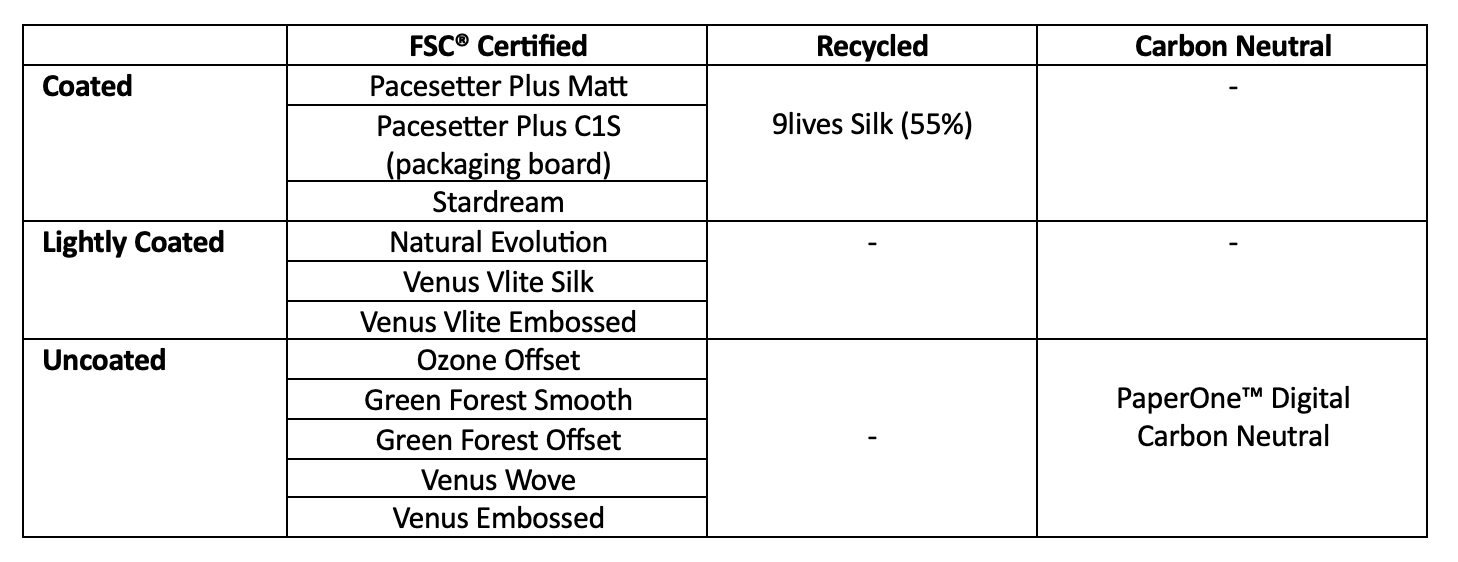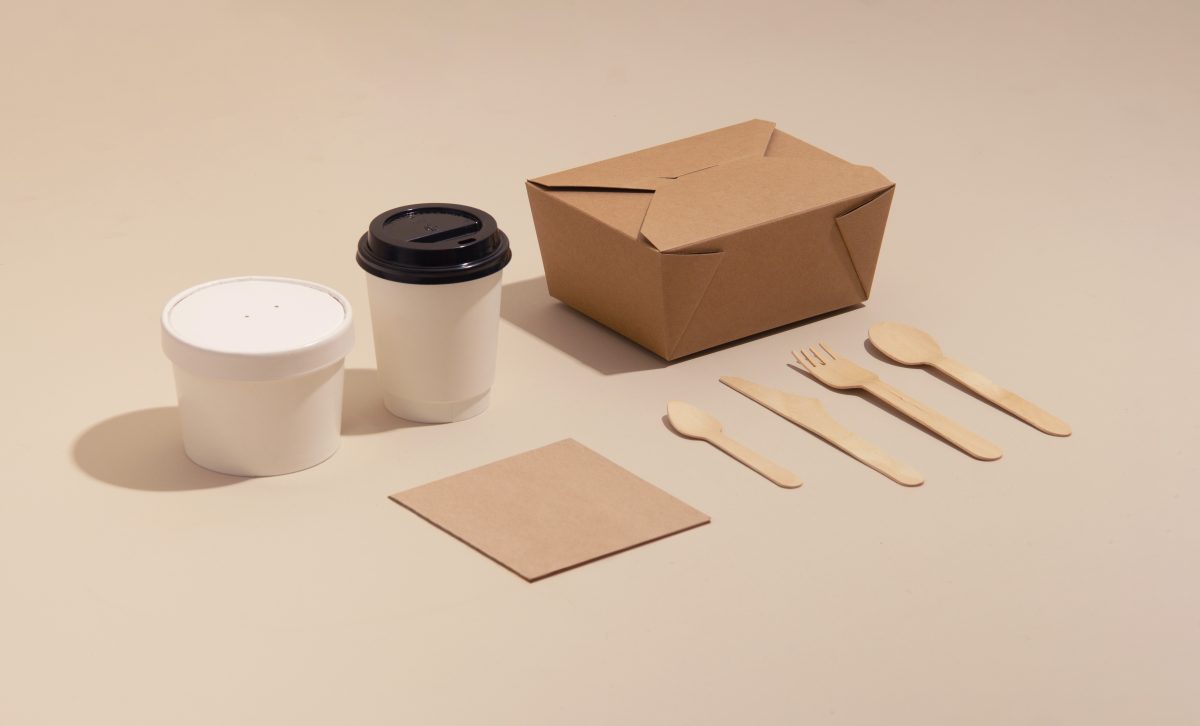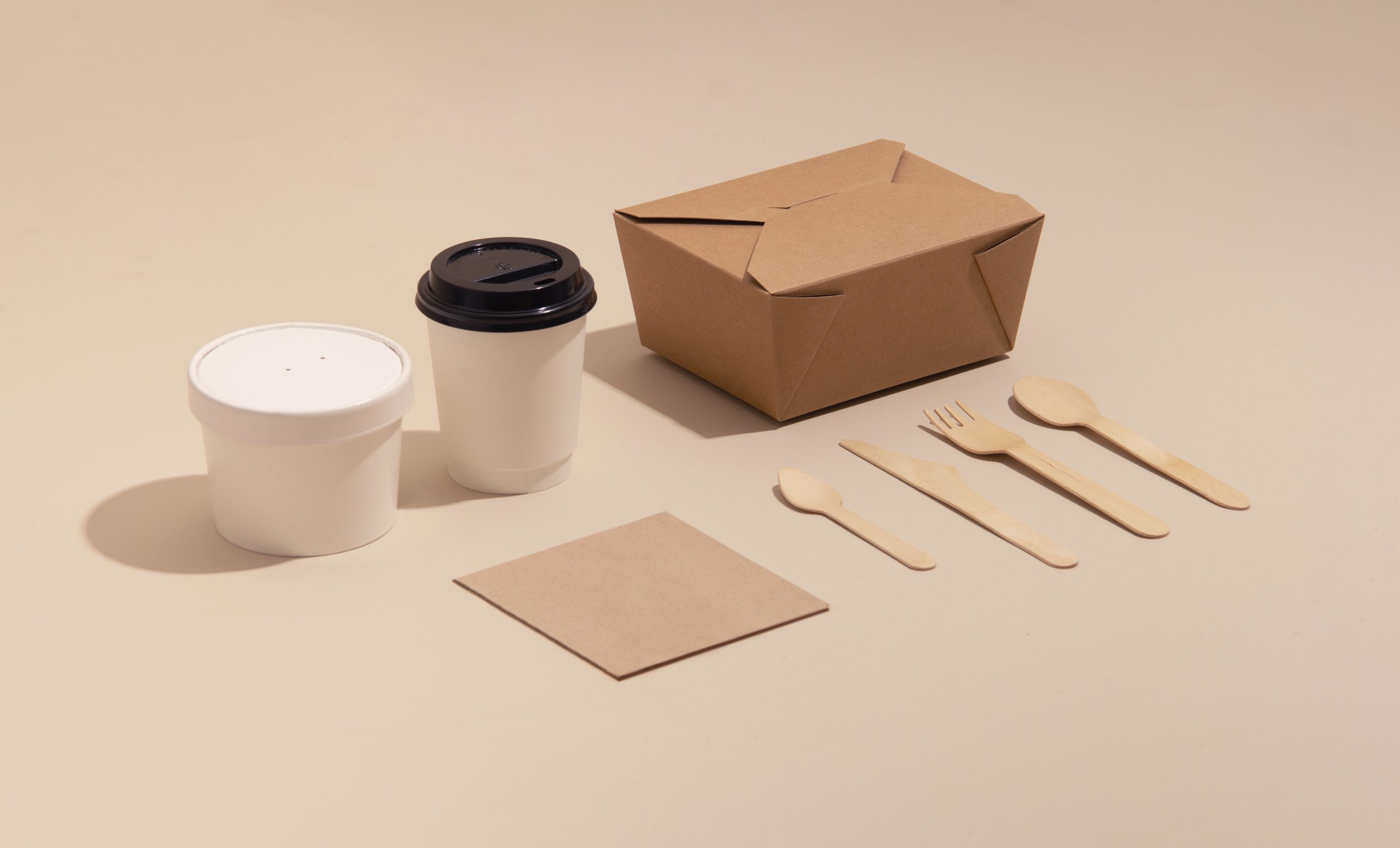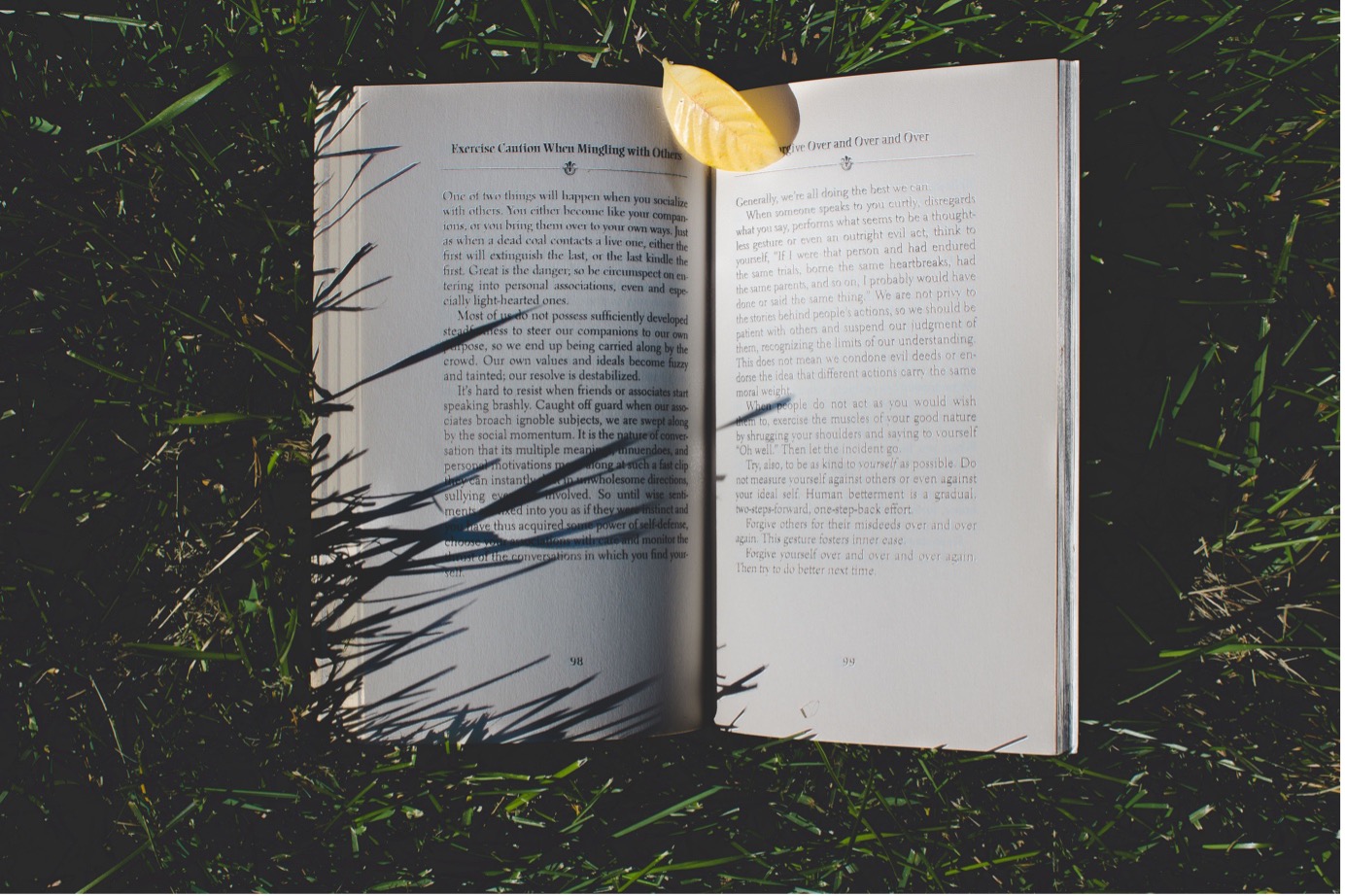 In our fast-paced, digital-driven world, it’s become increasingly difficult to escape the constant buzz of smartphones, tablets, and computers. We’re constantly bombarded with emails, notifications, and an unending stream of information. Many of us are now seeking ways to disconnect from the digital noise and rediscover a simpler, more peaceful way of life.
In our fast-paced, digital-driven world, it’s become increasingly difficult to escape the constant buzz of smartphones, tablets, and computers. We’re constantly bombarded with emails, notifications, and an unending stream of information. Many of us are now seeking ways to disconnect from the digital noise and rediscover a simpler, more peaceful way of life.
A recent article on Two Sides1 explores this topic, highlighting the growing desire among people to disconnect from the digital world and return to non-digital activities. This trend is not just about nostalgia; it’s driven by a growing awareness of the environmental and mental health impacts of our digital habits.
The Allure of Going Non-Digital
Many people are recognising the toll that excessive screen time can take on their mental well-being. Continuous scrolling and screen addiction can lead to stress, anxiety, and decreased productivity2.
The Role of Paper
- No E-Waste: The disposal of electronic devices might create a considerable amount of electronic waste. Paper, on the other hand, is biodegradable and can be recycled, reducing waste and pollution.
- Tactile Experience: Reading a physical book, writing on paper, or sketching in a notebook provides a tactile and sensory experience that can be therapeutic and calming. It’s a stark contrast to the cold, backlit screens we’re used to.
- Reduced Distractions: When you sit down with a book or a piece of paper, you’re less likely to be pulled away by endless distractions of the digital world such as notifications, emails, or social media.
- Enhanced Focus: Many people find act of writing, drawing, or reading on paper engages the brain differently, allowing for a deeper, more focused experience3.
In fact, a survey of nearly 500 general office workers aged between 18-69 showed that 62% always or sometimes preferred working on paper1. While most adopt a hybrid approach to working, using each technology where most appropriate, the fact remains that pen and paper is the most effective tool for certain tasks1.
Another study by TrueImpact also found that Direct mail requires 21% less cognitive effort to process than digital media (5.15 vs. 6.37), suggesting that it is both easier to understand and more memorable4.
Eco-Friendly Paper Choices
When choosing paper for your digital detox, you might want to opt for eco-friendly options. Look for paper products that are certified by organisations like the Forest Stewardship Council® (FSC®). This certification ensures that the paper comes from responsibly managed forests and is produced with minimal environmental impact. Additionally, consider using recycled paper products, which reduce the need for virgin pulp.
For home and office use, there is also an option of Carbon Neutral Paper, which refers to paper products that are manufactured with the goal of minimising and offsetting the carbon emissions associated with their production and use.
The desire to disconnect from digital screens is not just a passing trend but a profound shift in our relationship with technology. Embracing eco-friendly paper is a sustainable choice that supports this transition, helping us find a healthier balance between the digital and non-digital worlds.
OVOL Singapore is FSC® certified (License Code FSC C015534).
- https://www.twosides.info/UK/back-to-basics-a-desire-to-disconnect-from-digital/
- https://www.icaew.com/insights/viewpoints-on-the-news/2023/may-2023/mental-health-awareness-week-are-you-addicted-to-tech
- https://www.zebrapen.com/blogs/enlightened-writing/4-reasons-to-keep-writing-with-a-pen-and-paper
- https://www.forbes.com/sites/rogerdooley/2015/09/16/paper-vs-digital/?sh=3231834033c3
#paperstillmatters #printinspirestrust #sustainability #smallstepsbigimpact


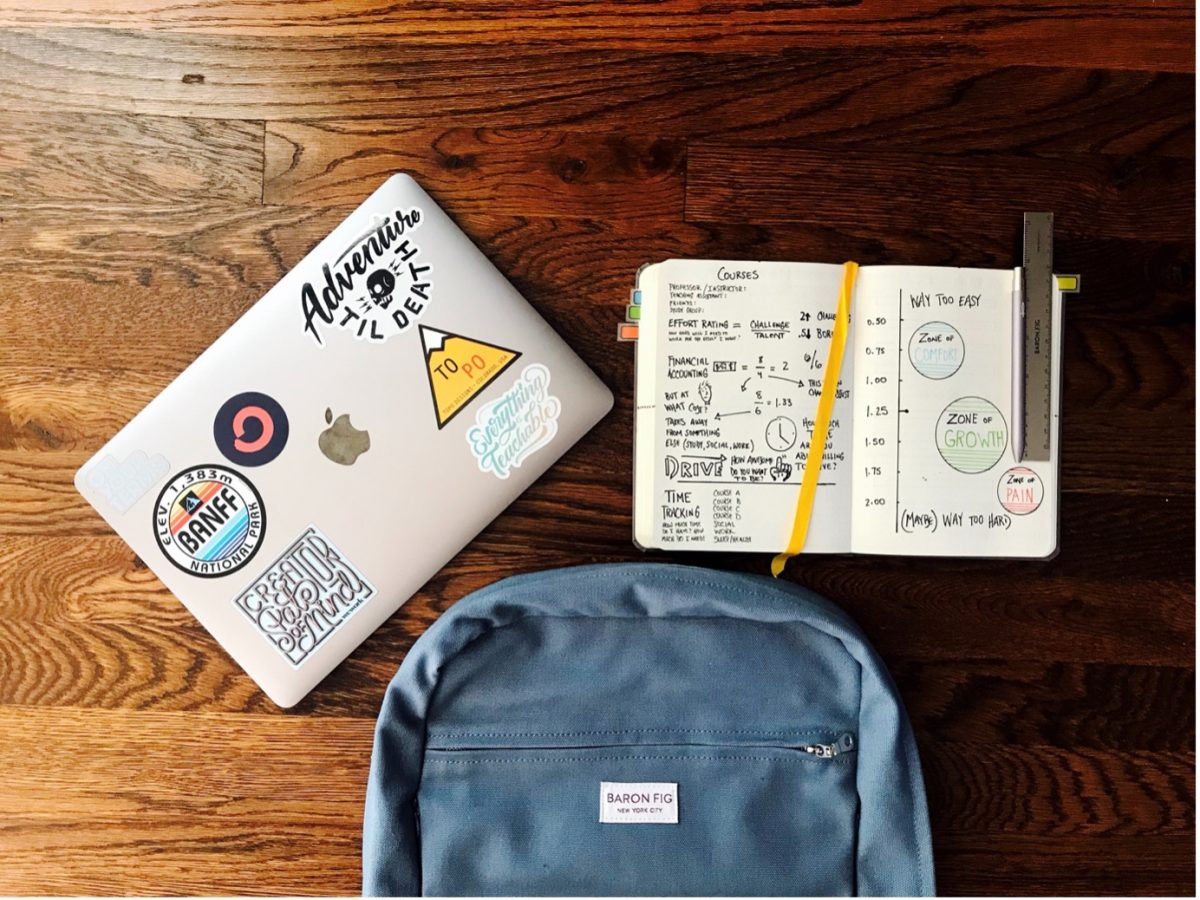
 In the ongoing debate between paper-based and digital learning materials, the effectiveness of paper holds intriguing insights. A research in the US reveals a surprising result: while students often believe they learn more from online reading, tests demonstrate that they may, in fact, learn less compared to their engagement with print1.
In the ongoing debate between paper-based and digital learning materials, the effectiveness of paper holds intriguing insights. A research in the US reveals a surprising result: while students often believe they learn more from online reading, tests demonstrate that they may, in fact, learn less compared to their engagement with print1.

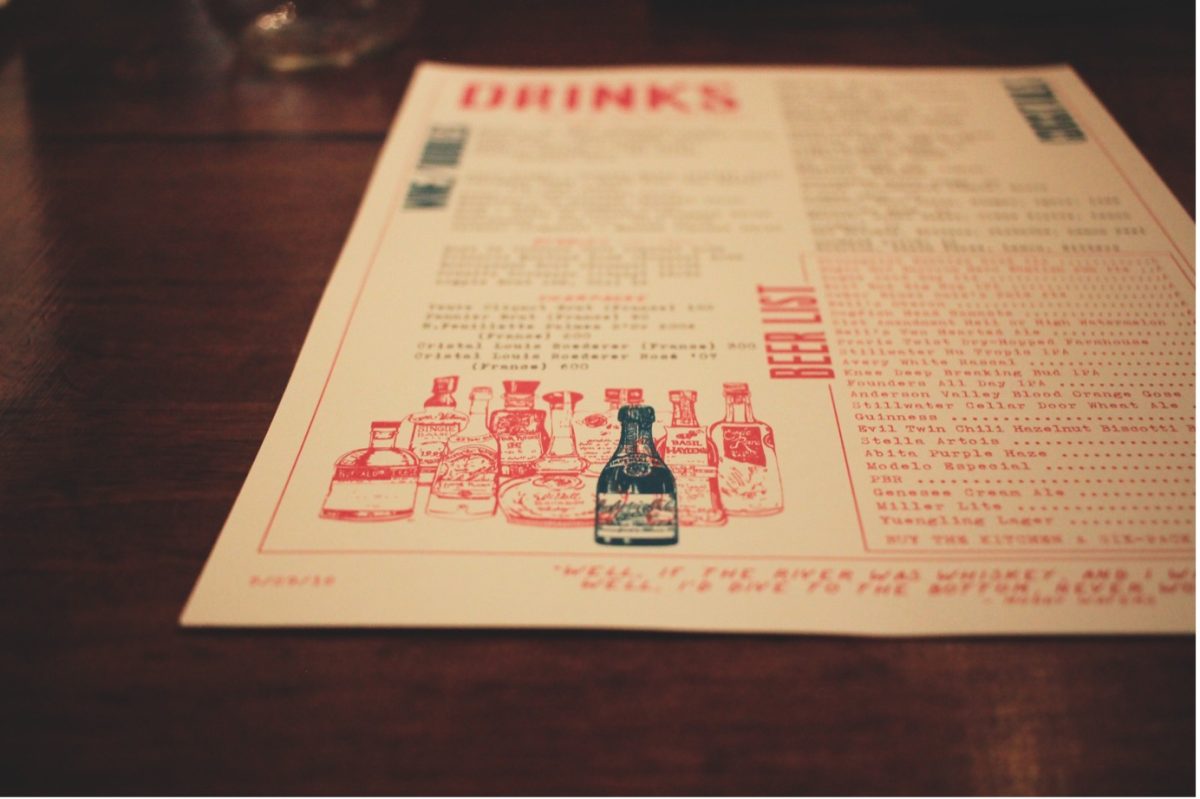
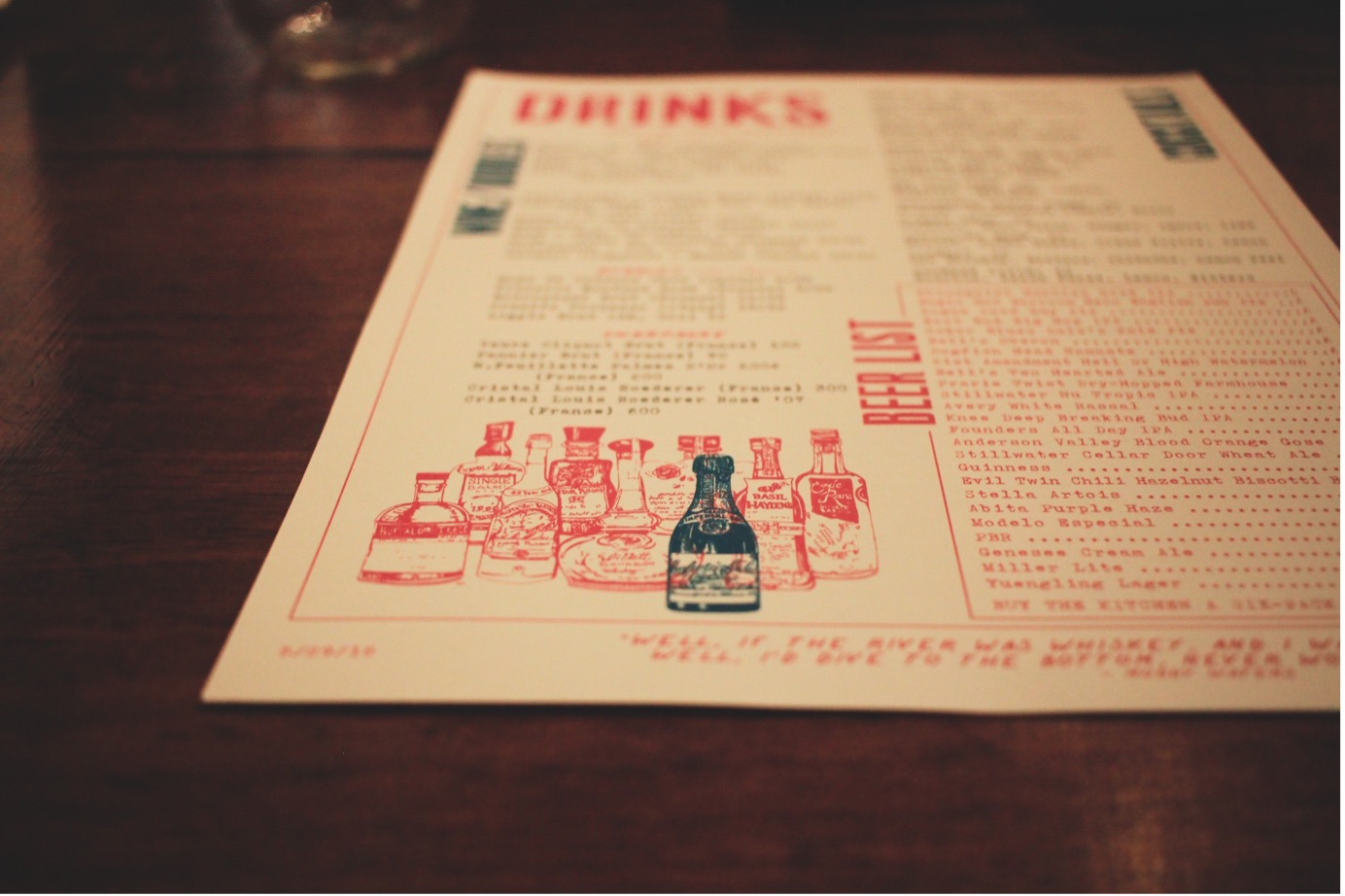
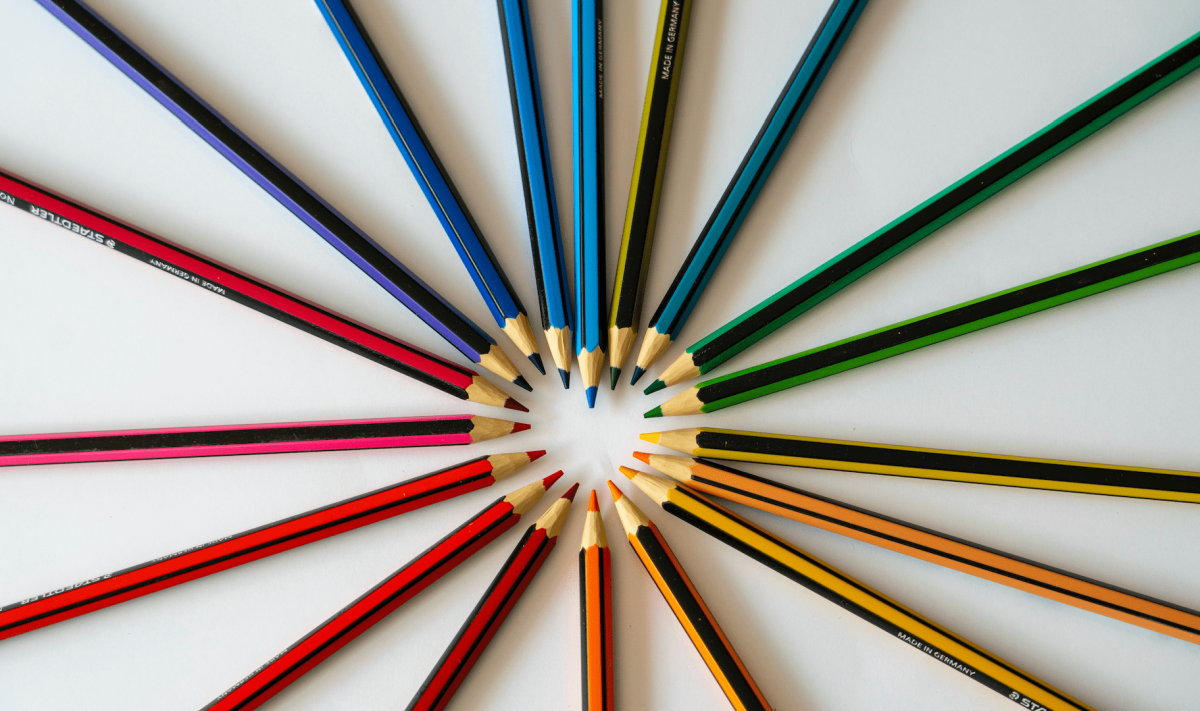
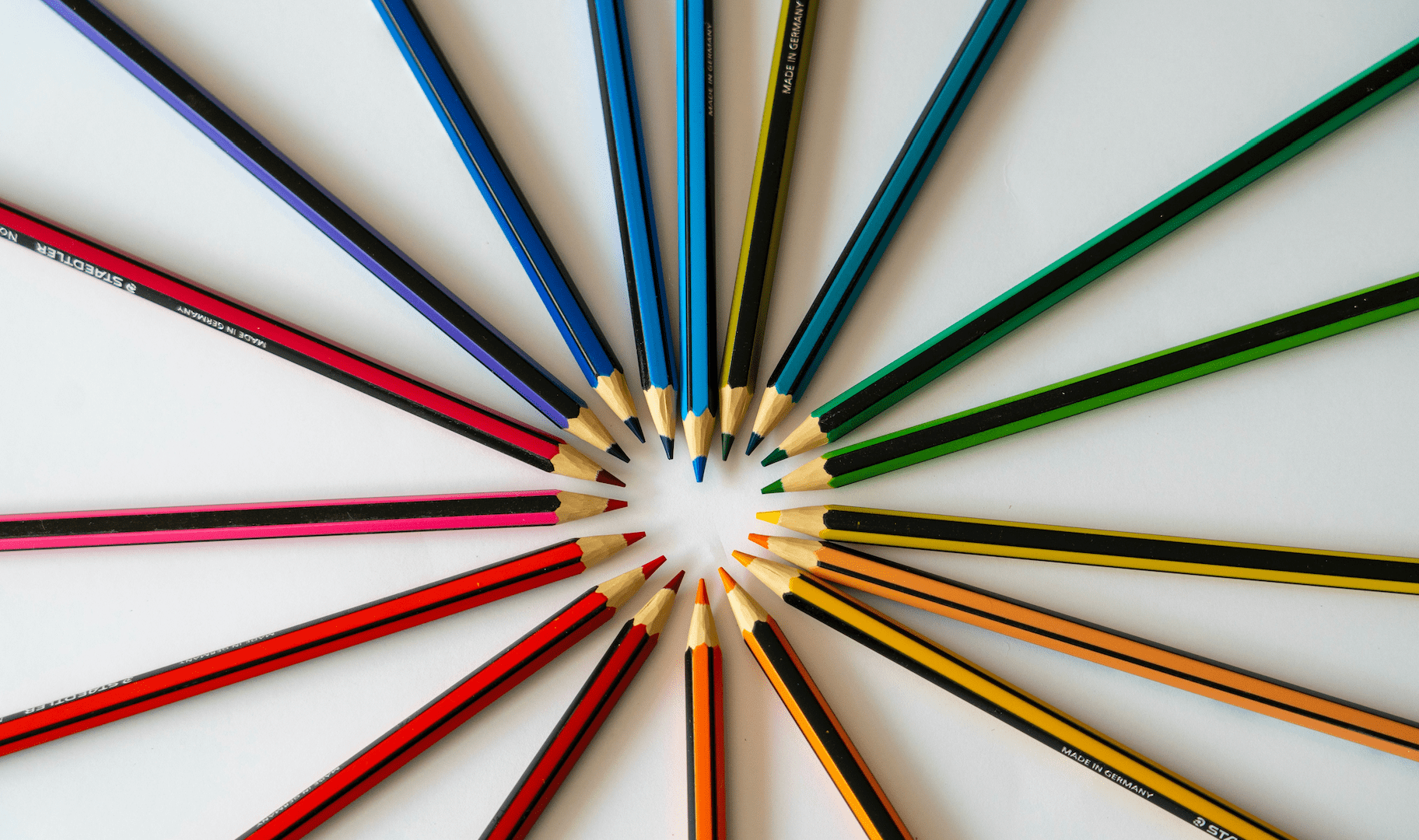

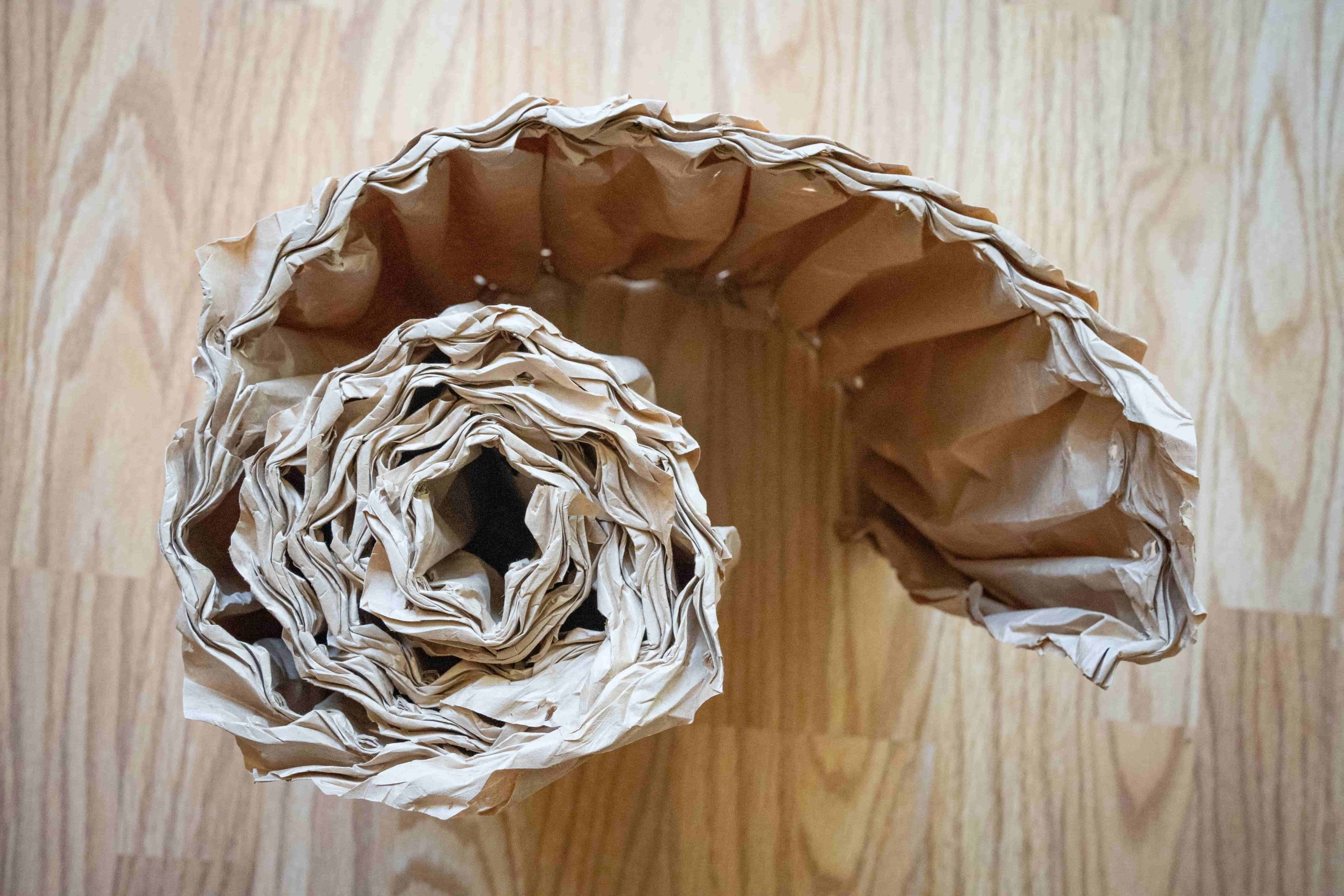

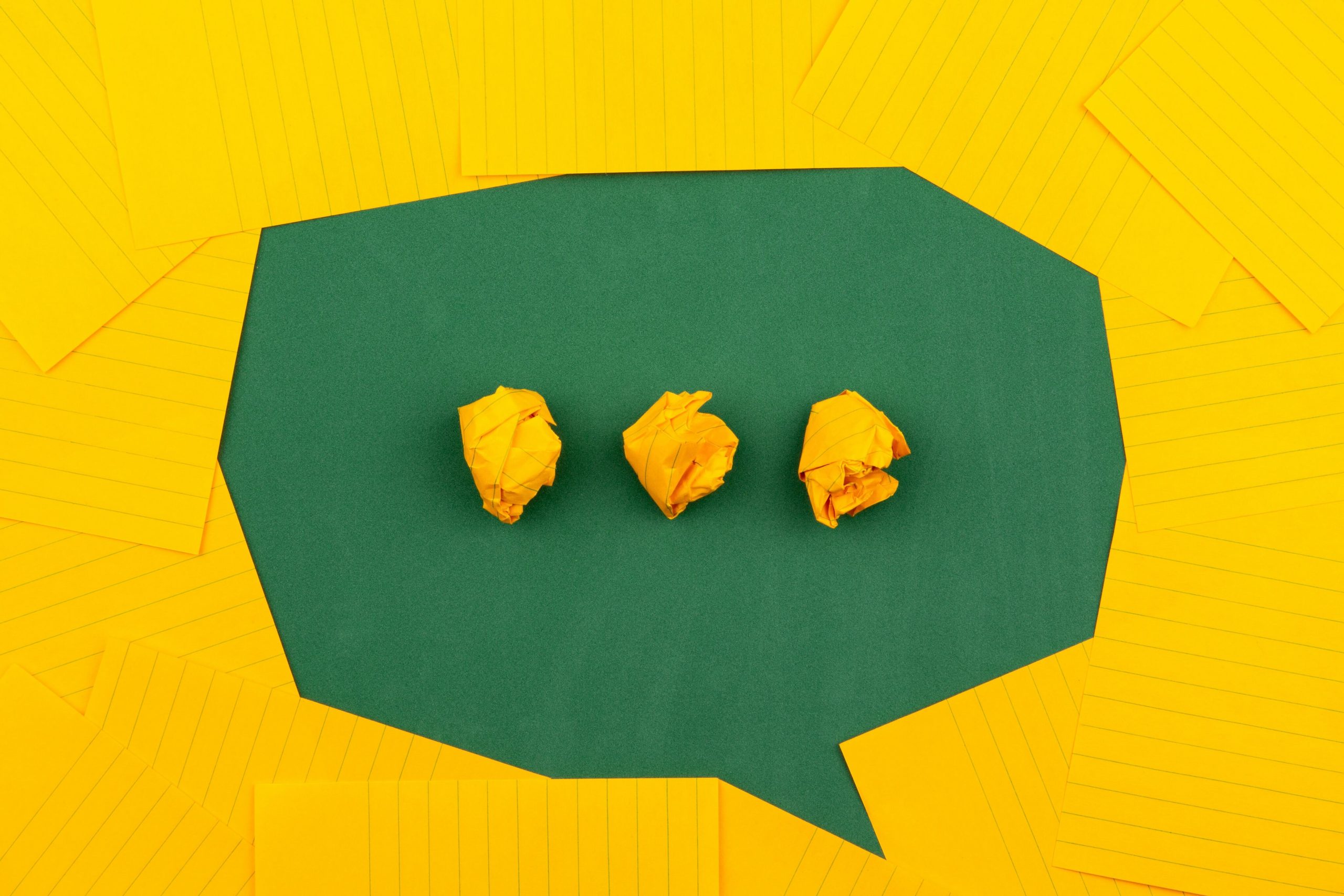 With a growing awareness of environmental consciousness more than ever, choosing eco-friendly paper is not only a responsible choice when you need to print but also a significant contribution to preserving our planet for future generations. Let’s embark into the world of eco-friendly paper alternatives and understand their positive impact on the environment.
With a growing awareness of environmental consciousness more than ever, choosing eco-friendly paper is not only a responsible choice when you need to print but also a significant contribution to preserving our planet for future generations. Let’s embark into the world of eco-friendly paper alternatives and understand their positive impact on the environment.